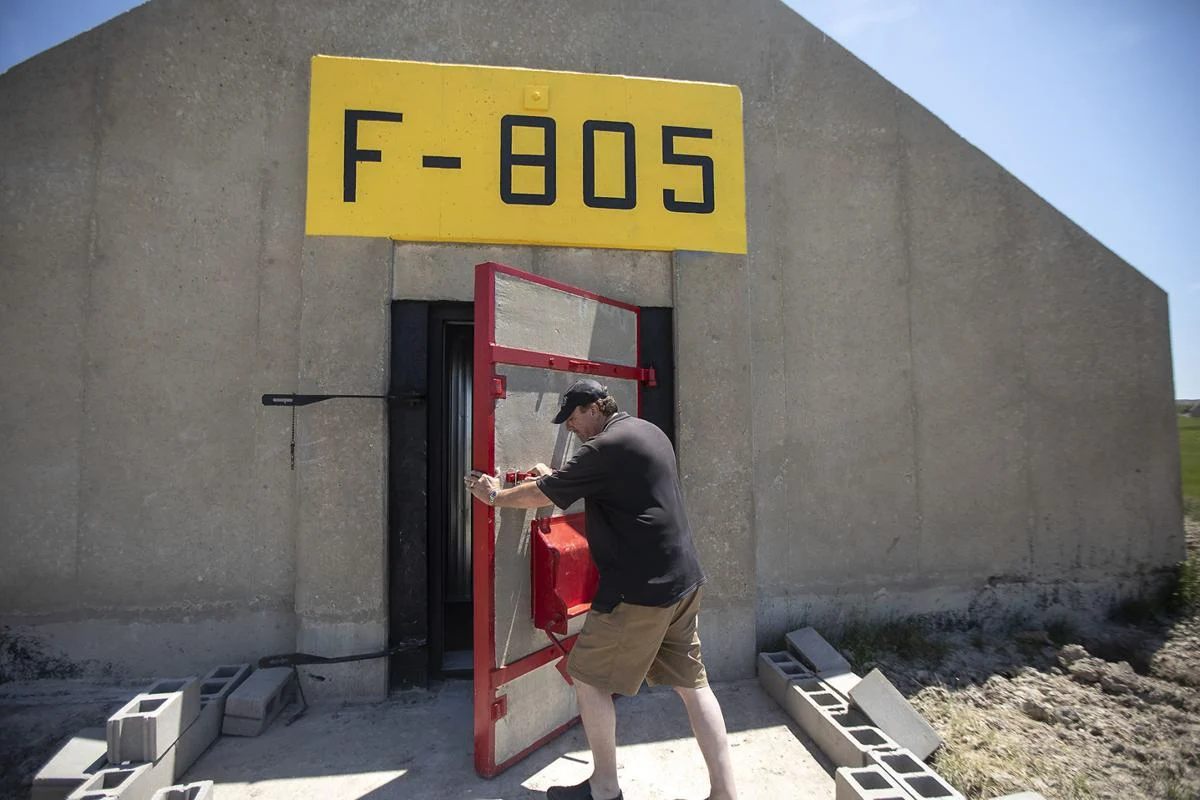
From ancient catacombs and buried citadels to nuclear bunkers, our relationship with the underground runs deep. In this series, we descend below the surface to explore the overlooked world beneath our streets: what’s down there and what these spaces have to tell us.
Why not do it in style when we’re shacking up for the end of the world? From South Dakota to deep beneath London, nuclear fallout accommodation is suddenly becoming a prime real estate.
“Never before in recorded history,” Bradley Garrett in his 2020 book Bunker: Building for the End Times, “has humankind faced such grave and myriad existential threats” as we do today. When he first started the book, Bradley was in Sydney, Australia, where catastrophic wildfires raged across the country. When he returned home to California, he descended through a cloud of haze as fires simultaneously blazed across the state, killing dozens and destroying more than 4 million acres of land. Soon after, the COVID-19 pandemic began, upending life in every corner of the globe. Bunkers, it seemed, had suddenly become an eerily timely and prescient topic.
Two years since the publication of Bradley’s book and the subject has only grown more timely. So far in this series, we’ve explored how underground spaces have served as a refuge throughout history, with our relationship to the underground as old as humanity itself. But a far more contemporary phenomenon is, of course, the nuclear bunker. Bunkers increased during the Cold War when tension between the most significant nuclear powers – Russia and the United States, which hold an estimated 90 per cent of the world’s nuclear arsenal – reached a fever pitch.
But many bunkers were later abandoned, mainly because maintenance costs were too high and the likelihood of nuclear war was slim. As we enter April 2022, more than a month into Russia’s invasion of Ukraine, the threat of atomic warfare is again plausible. While the possibility of an all-out nuclear conflict remains low, a single attack alone could be catastrophic, as witnessed in the Japanese cities of Hiroshima and Nagasaki when US atomic bombs decimated around 140,000 people and at least 74,000 in separate blasts.
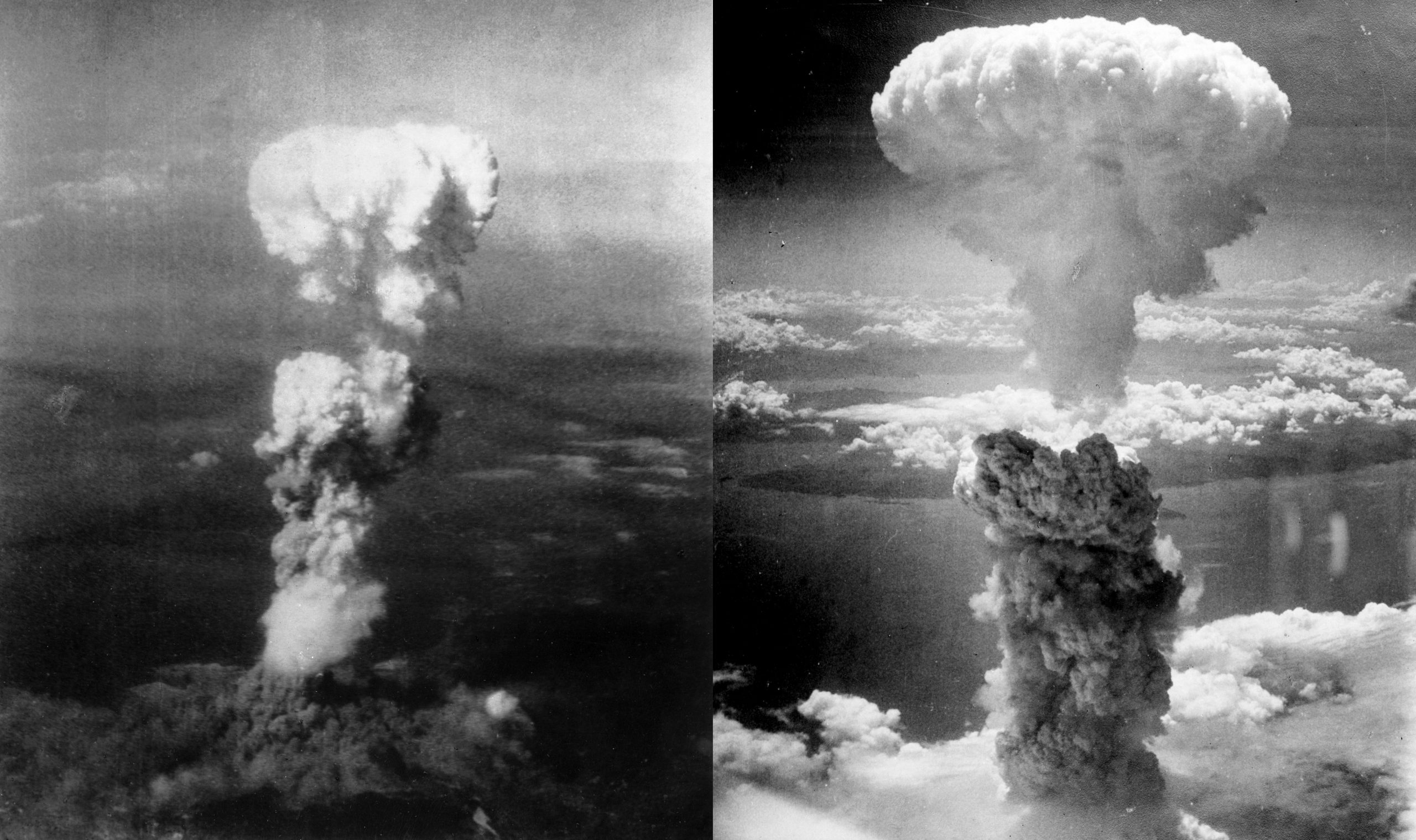
Aerial photographs of the two atomic bombs dropped on Hiroshima and Nagasaki Japanese cities.
The mushroom clouds of the 1945 atom bombs are etched into the world’s collective memory – a devastating reminder of the destructive legacy of war – yet it is hard to imagine what a nuclear attack might look like today. Nukemap, an interactive mapping tool designed by the science historian Alex Wellerstein, was created for that very purpose: to give an idea of the scale of destruction such an attack would cause. Using the tool, users can navigate the map, select a bomb and a target, and then ‘detonate’ it.
As I write, I’ve just detonated a 150-kiloton bomb over the city of London. (Although I’m aware it’s just a simulation, part of me is still disturbed by that perverse attraction vs inherited fear of red buttons – particularly buttons that say ‘DETONATE’).
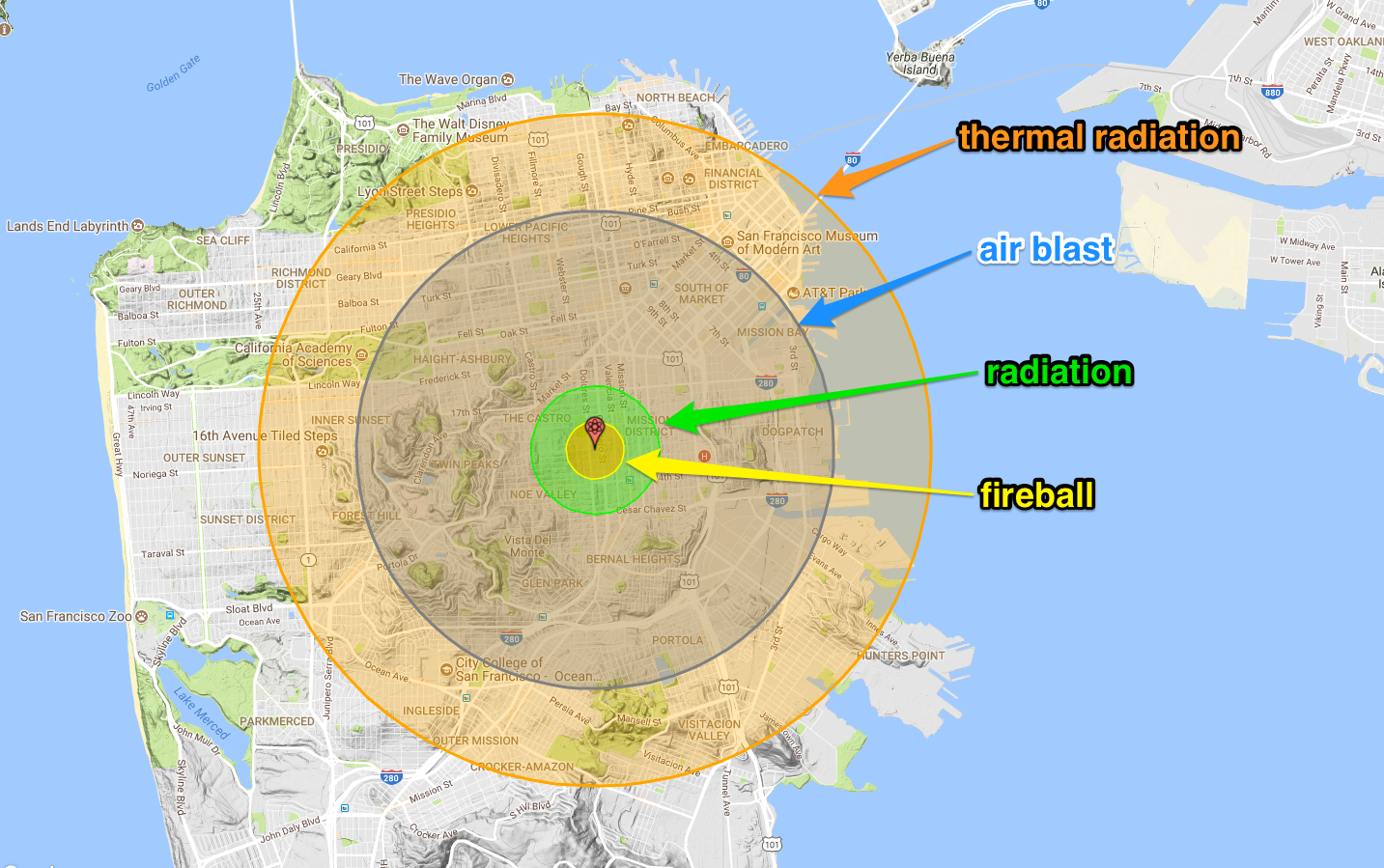
A simulated nuclear detonation on Nukemap in San Francisco
Colour-coded circles show the extent of damage, with the rings extending outwards from the fireball radius, where everything within range is effectively vaporised; through to moderate blast damage, which causes buildings to collapse; to thermal radiation, which causes third-degree burns. From the map, it’s clear just how lethal these weapons are. A nuclear attack would be disastrous for a densely populated city like London – or anywhere for that matter.
Alan Robock, an environmental sciences professor at Rutgers University, has spent decades attempting to understand the impact a nuclear war would have on the planet. He believes the most devastating long-term effects would result from the fallout, the residue that would linger long after the explosion.
It is believed that around 5 million to 50 million tons of black smoke could spur a so-called “nuclear autumn”, while 50 million to 150 million tons of black smoke may plunge the world into a “nuclear winter”. If the latter came to pass, Robock believes it would trigger a mass extinction as rapidly cooling temperatures would result in widespread famine. Other scientists, however, doubt the effects would be as severe as Robock claims.
Nevertheless, those among us have been preparing for the worst for years. ‘Preppers’, as they are known, are poised for the looming mass-scale catastrophe they believe will one day occur – and like our ancestors, they know that protection lies underground.
Driving down an unnamed road near the Black Hills in South Dakota, you might start to see what resembles giant mole hills stretching uniformly across the land. Though there is little to suggest what lies beneath, this is the world’s largest prepper community, with a total underground population of 5,000 and individual bunkers for 575 families.
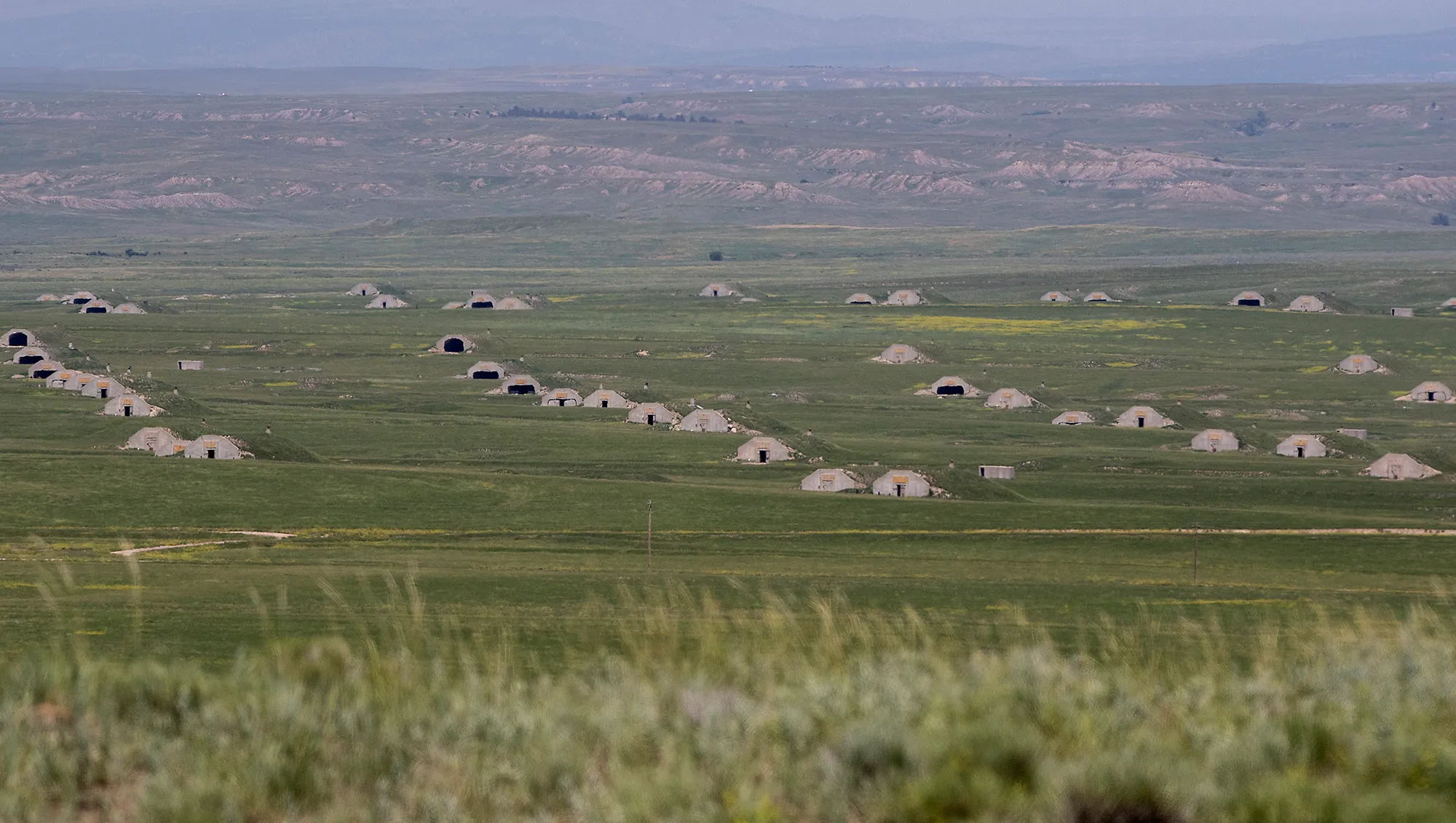
The ‘preppers’ community in South Dakota contains enough space for 5,000 people to live.

The entrance to one of the bunkers could be yours for just $45,000
Formerly used by the US Army to store ordnance, the site was once called Fort Igloo but was shut down in 1967. Today it has become Vivos xPoint, an ‘epic humanitarian project’ with a tagline that reads: ‘the point in time when only the prepared will survive. According to its website, an individual bunker costs $45,000, and for $15,000, you can secure a space in a shared bunker. Each fitted with a concrete-and-steel blast door, the bunkers claim to protect from “virtually all known threats”– including nuclear attacks.
During his research with almost 100 preppers from around the world, one of the places Bradley visited was the Survival Condo. A decommissioned missile silo turned luxury bunker. Constructed in 1960, it was one of the 72 structures built to protect a nuclear warhead 100 times more potent than the bomb dropped on Nagasaki. When Larry Hall, an ex-government contractor and property developer, bought it in 2008 for $300,000, he immediately saw potential. Within two years, he’d converted the 60-metre-deep building into a 15-storey luxury bolthole, with space for up to 75 people to weather five years inside.
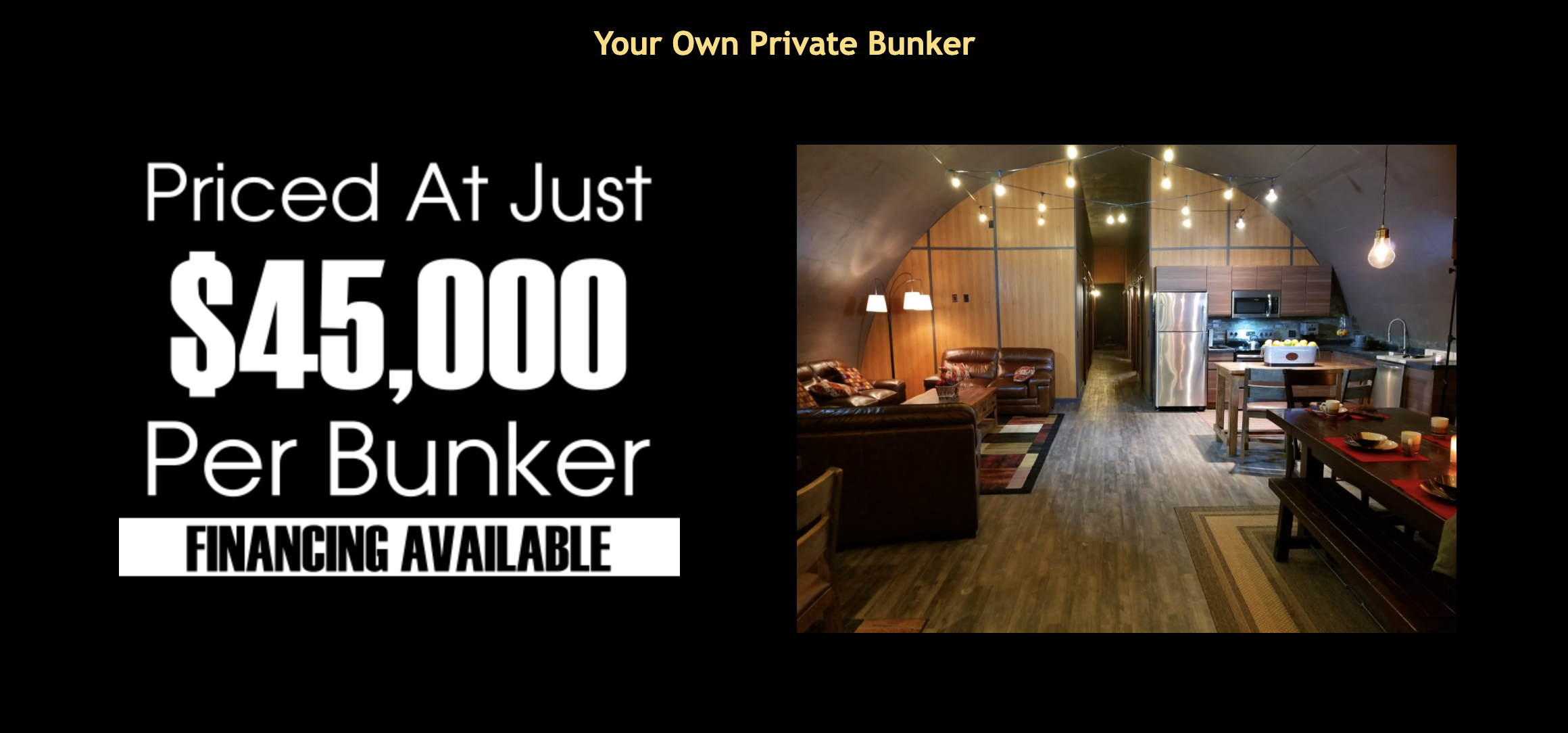
Not bad conditions to see out the end of the world as we know it
As a more upscale version of xPoint, Larry’s clients can afford to splash out on an apartment for $3 million (£2.4 million), or at the least $1.5m (£1.2m) for a half-floor apartment. A swimming pool, supermarket and movie theatre – and LED screens projecting outdoor vistas – all give the illusion of ‘normal’ life.
Perhaps less typical is the bunker’s military-grade defence system: the fully-stocked arsenal of super rifles, ARs and pepper sprays for its residents, not to mention the .223 remote-controlled gun mounted at the bunker’s entrance which can “can be put in automated defence mode, firing three-round bursts at anything that comes into view” Bradley observed during a visit.
The reality of living in such a place is surreal to picture. It doesn’t seem too far-fetched to imagine the bunker turning into a hostile environment – an apocalyptic film scenario but in real life. Yet Larry, the owner of Survival Condo, emphasises that everything is designed for self-sufficiency and the bunker serves to protect its residents until it is safe to reemerge.
It can be easy to dismiss preppers as selfish, mainly the wealthy elite who can afford to descend into ultra-luxury with lasting stockpiles of food and supplies, while others less fortunate are left helpless on the surface. But there is no escaping the hard-hitting reality: survival costs.
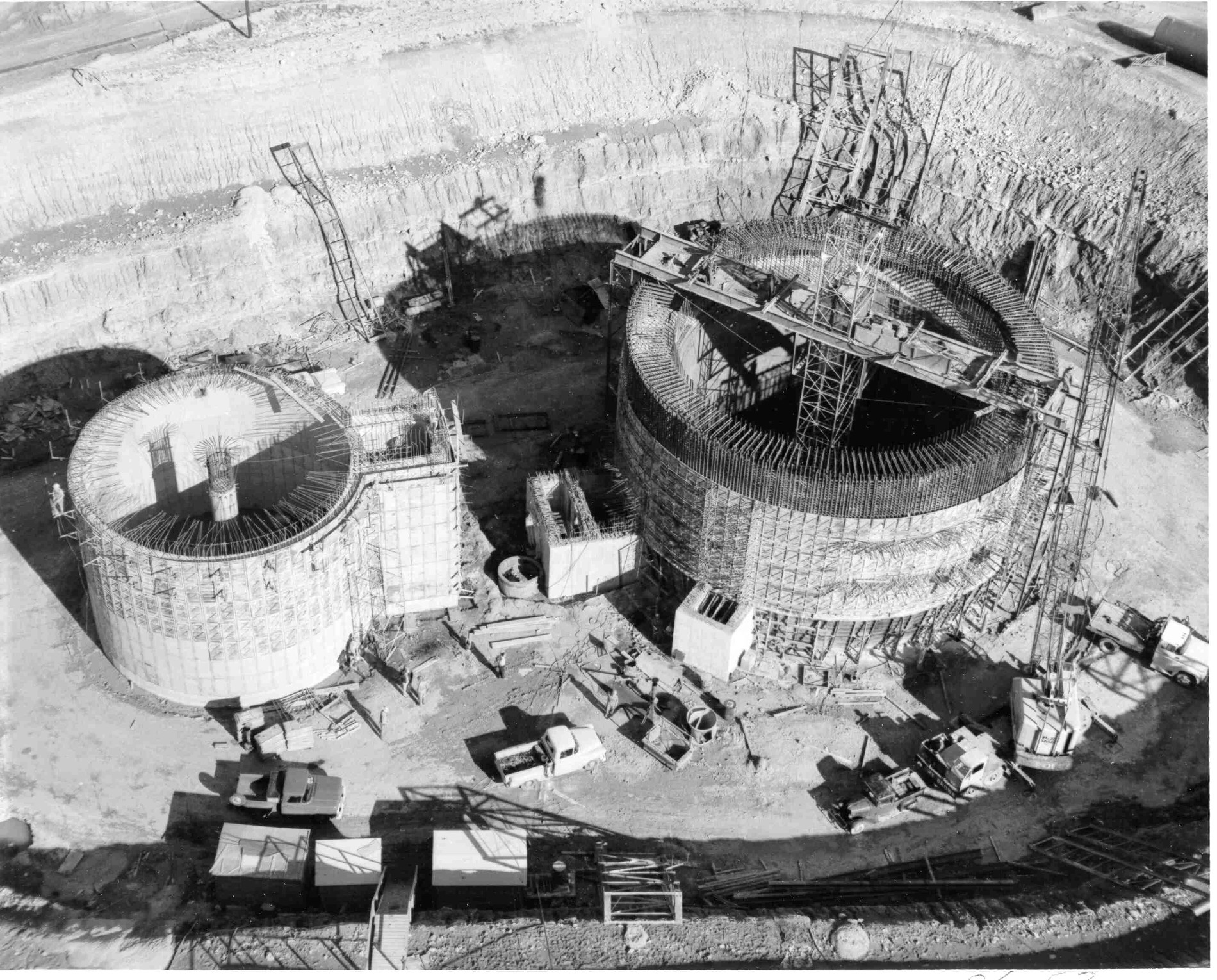
The Survival Condo building work began in 1960
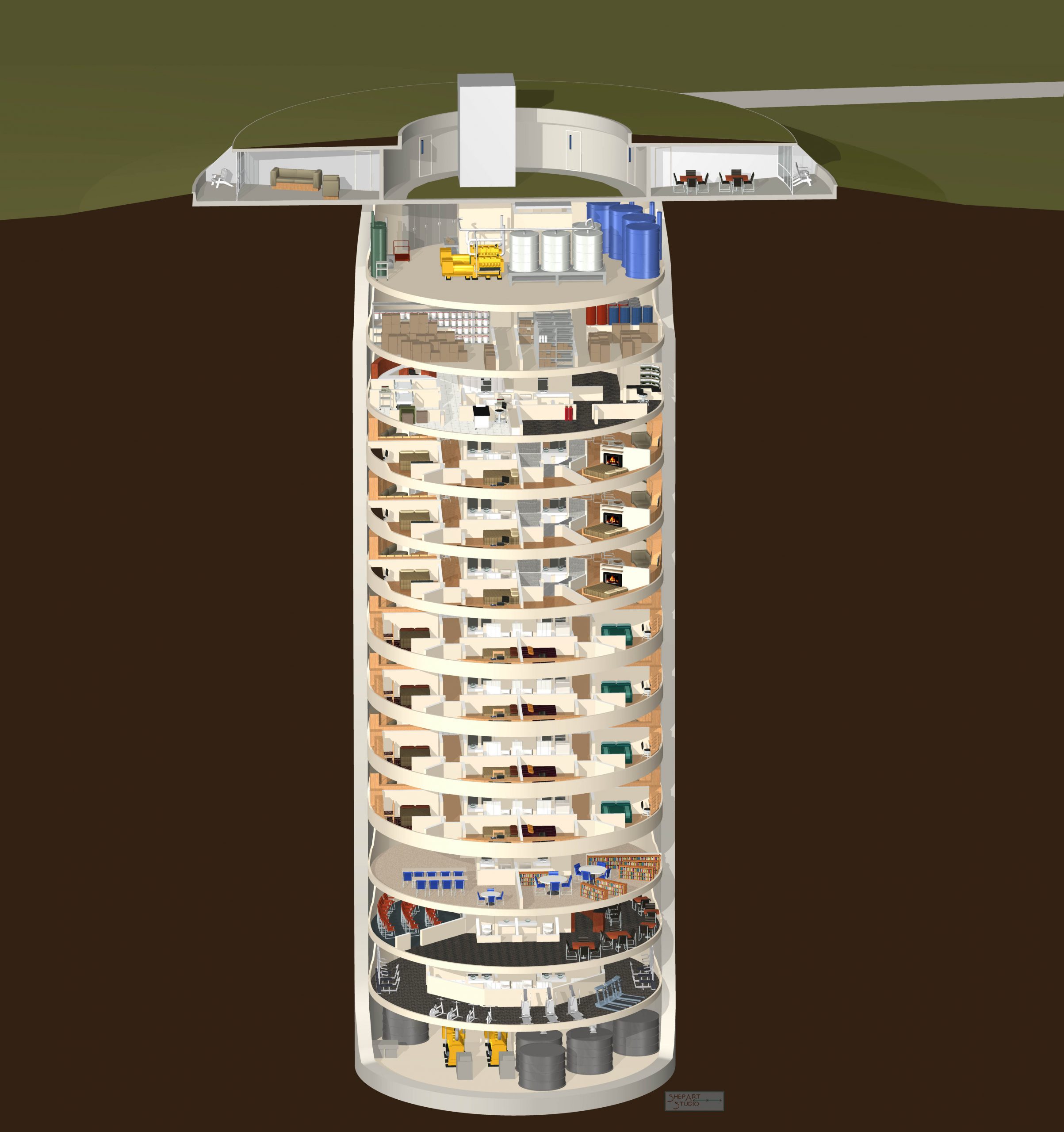
While the market for private bunkers has partly risen out of a lack of trust in governments to provide public civil defence structures, some countries have, in fact, already put systems in place to protect their citizens in the event of global catastrophes, such as a nuclear disaster. In Finland and Norway, all buildings above a given size must have an NBC (nuclear-biological-chemical) shelter. Switzerland, known for having the best civil defence system in the world, has enough nuclear bunkers to accommodate its entire population in an emergency. The UK also has a vast network of atomic shelters, with more than 250 identified by Subterranean Britannica. In London, there is a secret crisis-command bunker deeper than the Tube network, which is on constant standby for the heads of government.
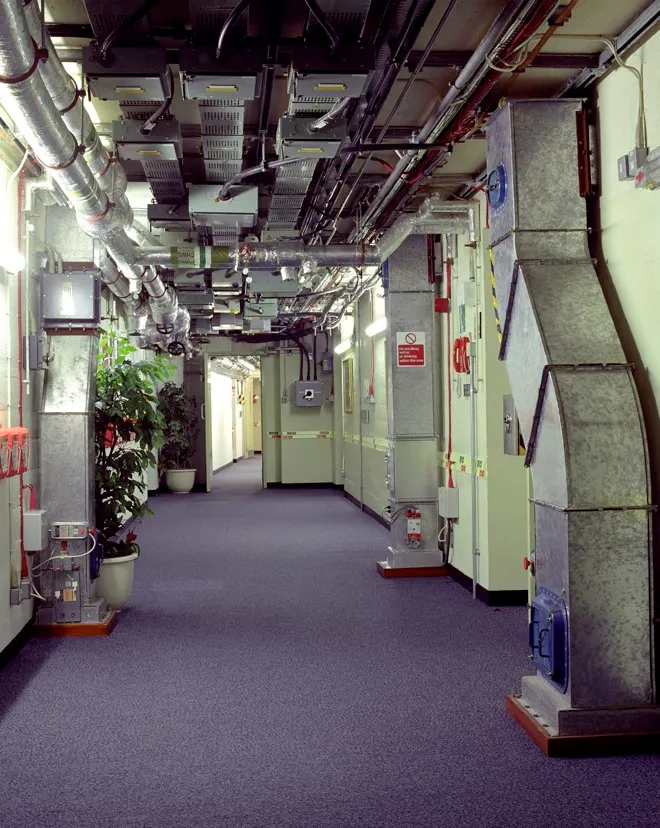
Nuclear bunker underneath London (Credit: David Moore)
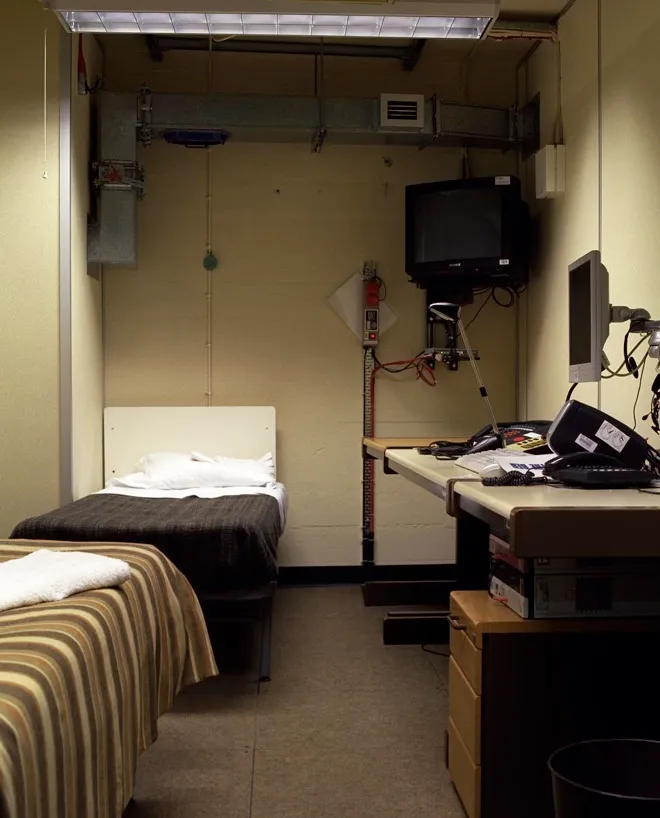
The bunker is designed to accommodate all the heads of state in the event of a nuclear bomb or threat of one (Credit: David Moore)
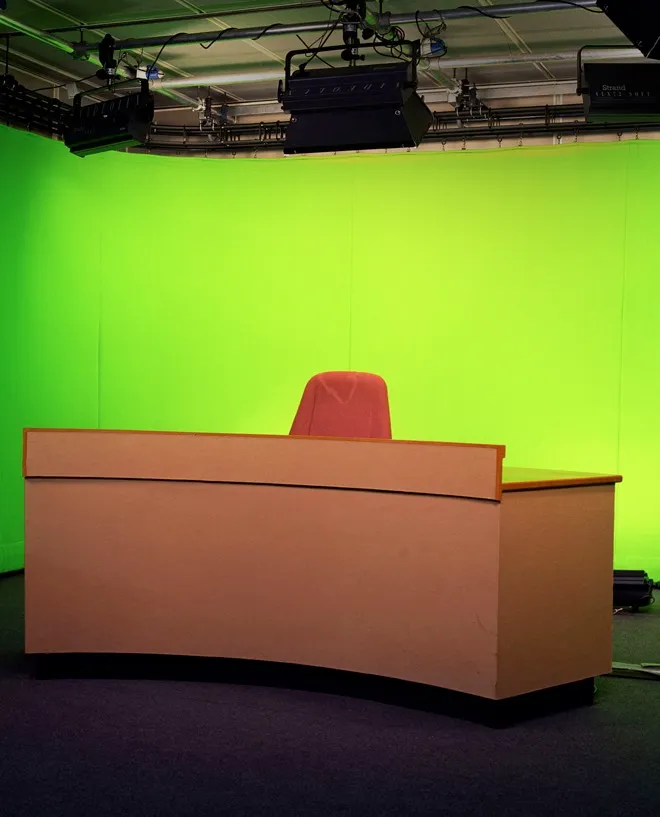
A broadcast studio for the Prime Minister to address (what’s left of) the nation (Credit: David Moore)
Today, the bunker has become the embodiment of our greatest fears: from natural disasters and nuclear war to pandemics and civil breakdown. While we started this series focused on deep-rooted concerns of the underground, we’ve seen how the underworld can be a refuge, too, a place we seek sanctuary when there is nowhere to hide on the surface.
While prepping might still be sneered at, dismissed as a pursuit for the disillusioned and conspiracy-obsessed, today we are seeing the tables turn. In recent months, there has been a growing demand for bunkers, with the UK firm Subterranean Spaces reporting a ‘100 per cent increase of enquiries from February 2021, and preppers are now being sought out for advice. Perhaps in the future, bunkers won’t be such a rarity, nor spaces reserved merely for the elite. As one prepper told Bradley: “We can’t build a celestial ark like Elon Musk. We can’t leave the Earth, so we’re going to go into the Earth.”
In the last instalment of this series, we’ll look into the rising trend of ‘iceberg homes’ and explore the future of underground spaces.


